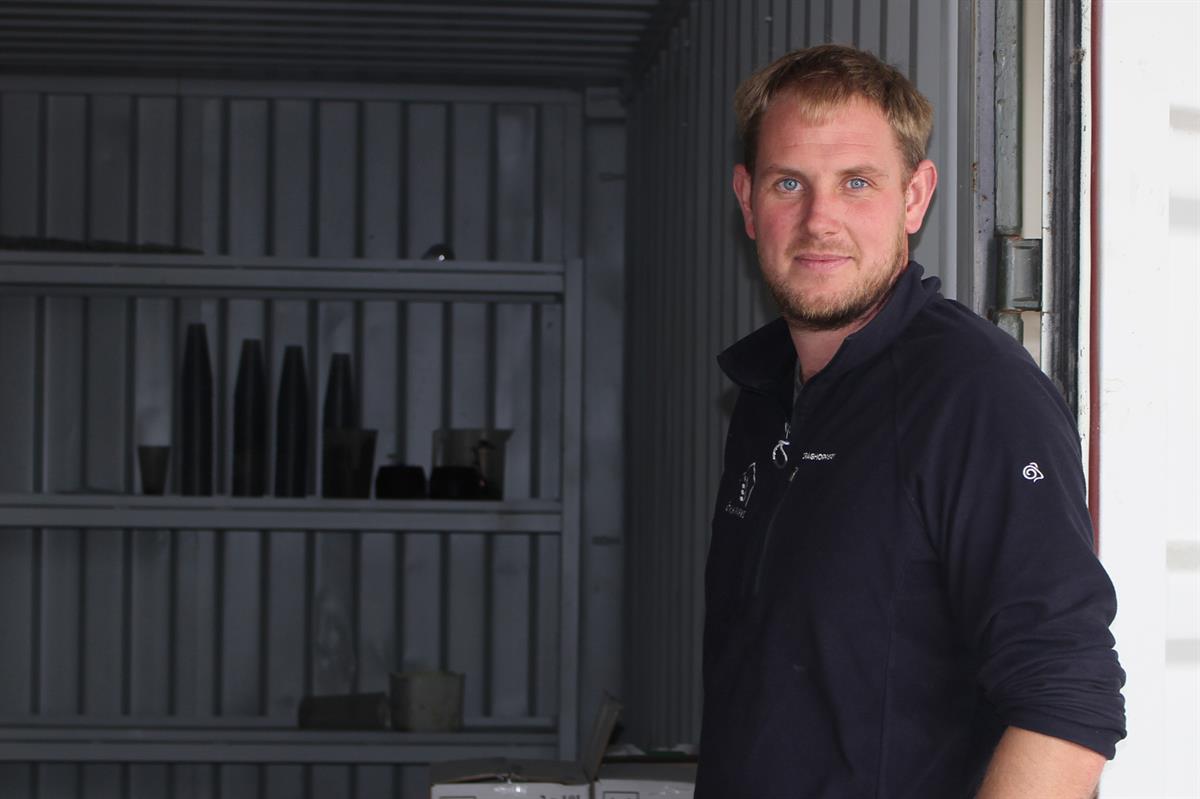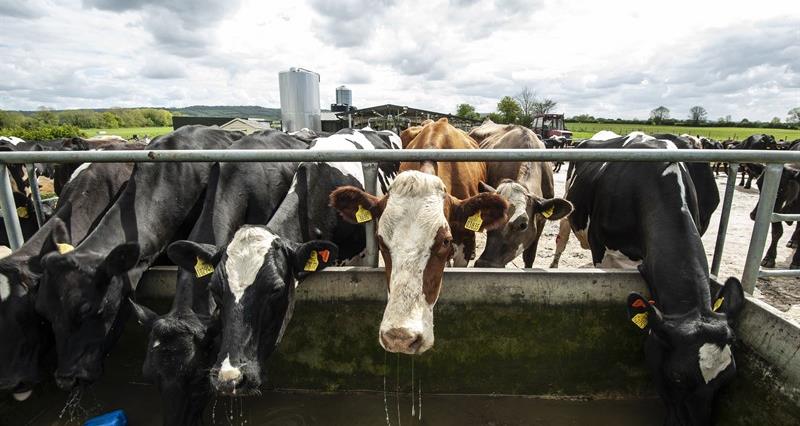Since the dairy cows left in 2003, we now farm across 488 hectares. 390ha of arable cropping and 265 head of beef cattle on copper marl/black silty soils in Staffordshire. The cattle play a vital role in our arable business by providing us with 500 tonnes of FYM (farmyard manure) a year. In addition to this, we import a further 500t of FYM from neighbouring farmers.
Spreading
We prioritise spreading the FYM across fields that have poor P or K indices or where soils need more organic matter; we rotate the FYM around the farm and apply the right quantity to match the nutrient requirements for the following crop. Spreading takes place in autumn, as travelling in the spring can be difficult, and most of our spring sowing is into cover crops or grazed stubble turnips.
As part of our nutrient management, for the past 15 years we have soil tested one third of the farm each year and apply P and K variably based on the results.
We use sludge cake as an additional source of P and K, which is mainly spread on ground destined for OSR (oilseed rape) and is applied 24 hours before drilling as a deterrent to CSFB (cabbage stem flea beetle).

Rob says utilising muck can reduce inputs for the arable farmers. Photograph: Chris Moorhouse
Sheep bring benefits
During the past three years we have been using sheep to graze our forward crops of OSR and wheat (like many others have this year).
Sheep bring their own benefits, adding organic matter and controlling weeds and disease to name a few.
The sheep start to graze OSR crops in November to remove any old diseased leaves, and any CSFB lava, and force the crop into producing a larger root mass which means increased uptake of nutrients from the soil.
The ewes then move onto the forward crops of wheat in mid-February. Our average field size is approximately 5-6ha and 180 ewes would graze a field in about six days, depending on the weather conditions. The aim is to remove any over-wintered disease, recycle the nutrients and encourage tillering.
After grazing roughly 30ha of forward crops this year, you can now see the affect the sheep have had. No T0s have been sprayed and early signs are showing that we’ll be able to reduce the rates on T1 and T2.
Going forward I believe it’s essential arable farmers, like myself, work alongside our livestock neighbours to form partnerships.
Whether it’s utilising muck for straw deals or sheep grazing combinable crops, these increase feed sources for the livestock farmer, and reduce inputs for the arable farmer.





